YOU ARE LEARNING:
Terminal Velocity

Terminal Velocity
Terminal velocity is achieved when an accelerating object reaches a point where it has no resultant force.
Which bowling ball will reach the ground first?


What force is causing the bowling balls to fall in the first place?


So gravity pulls both bowling balls down, but the one with the parachute falls slower because it collides with more air particles. What do you think we call this opposite force?

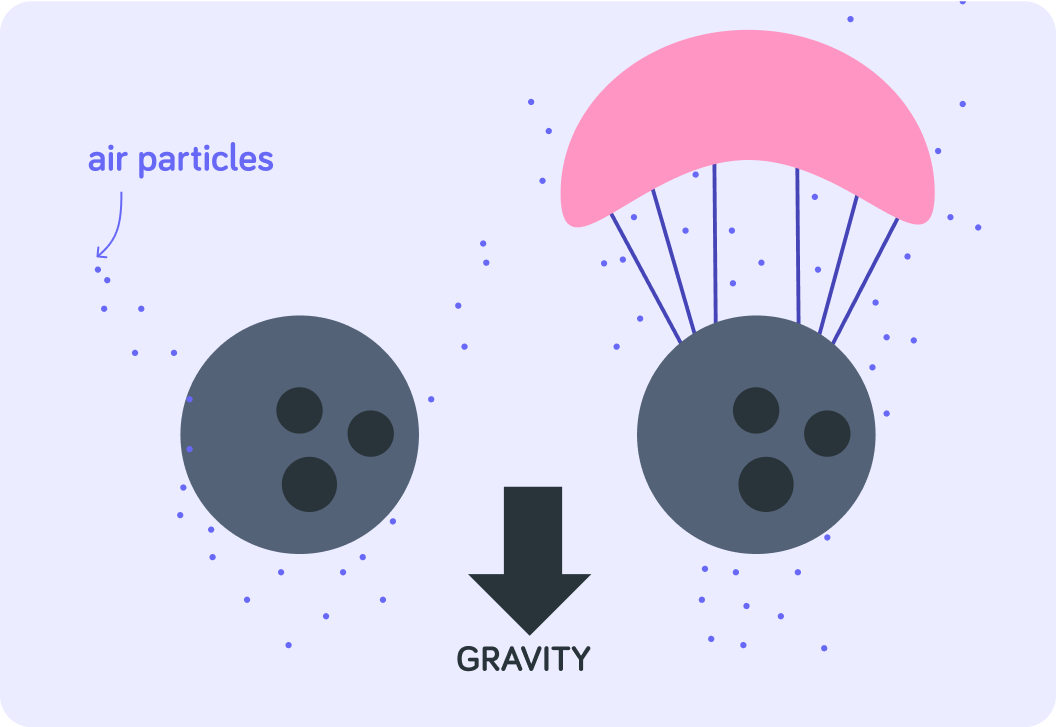
The force that opposes the weight of the object is called air resistance.
This is also sometimes called "drag".

True or False? The bowling ball without the parachute also experiences air resistance on its way down.


So both bowling balls experience both forces of gravity and air resistance
But the bowling ball with the parachute collides with more **** air particles than the other bowling ball, so it experiences more air resistance.

Earth's Gravity
Imagine you drop a bowling ball from an aeroplane. At which part of the journey will it have the greater speed?

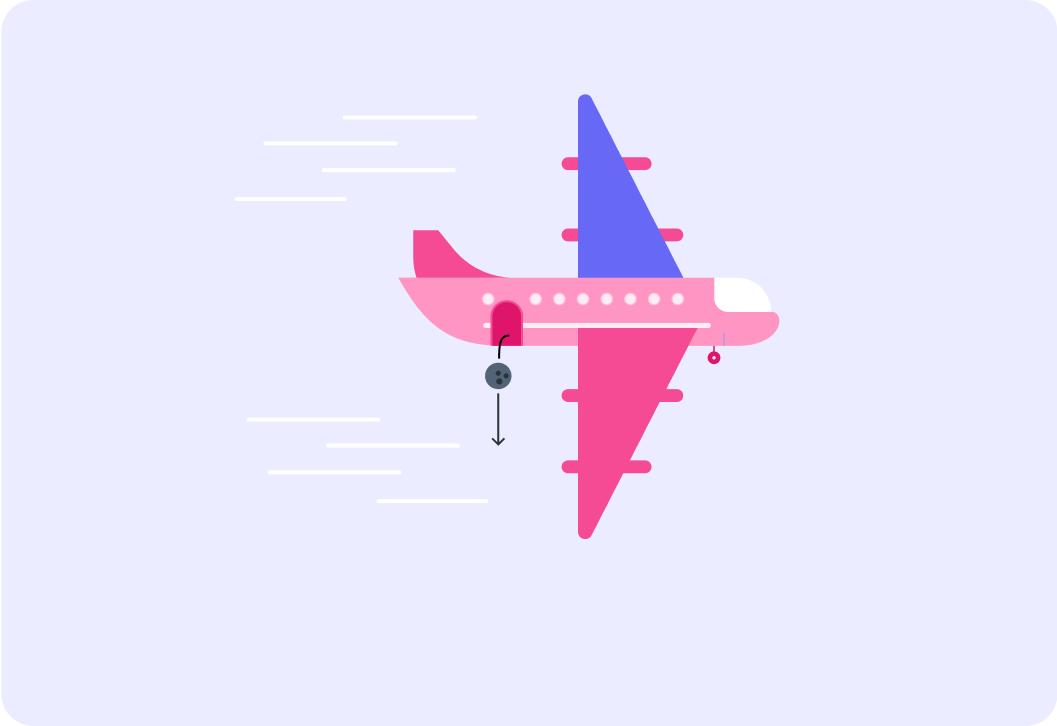
The bowling ball will fall faster and faster through the air. In one word, how do we describe this motion?


Do you know what the acceleration due to Earth's gravitational force is?


The acceleration due to Earth's gravitational strength is 10 N/kg.
So objects falling towards Earth accelerate at 10 m/s2.

Terminal velocity
Here is a skydiver who has opened his parachute. Does he continue to accelerate towards the ground until he hits it?


At some point, the acceleration caused by gravity _______ the air resistance.


The faster an object falls, the more air resistance it will experience
Eventually, the forces balance.

When there is no resultant force, is there any acceleration?


When the forces of air resistance and gravity balance, the skydiver stops accelerating.
This means he has reached his terminal velocity.
The velocity won't increase anymore. "Terminal" means "end".

Here we can see the graphical representation of the journey of a skydiver. Which point shows the initial acceleration?
Answer A, B or C.

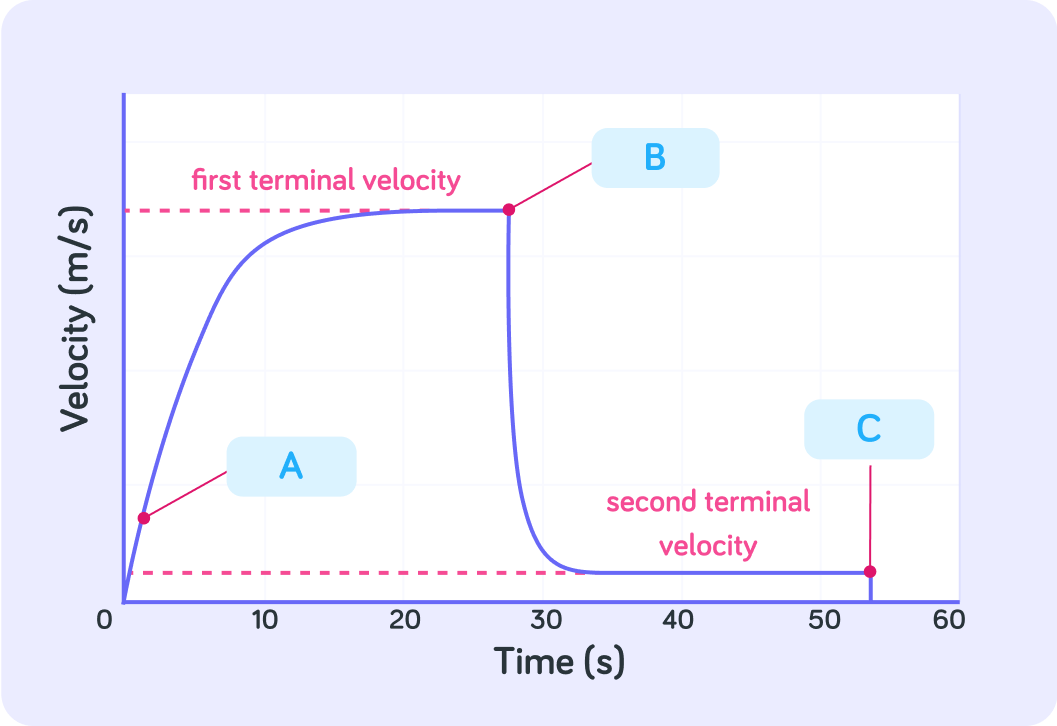
As the skydiver falls, air resistance increases. How is this shown on the graph?


The first portion of the graph shows how the skydiver initially jumps out of the plane.
As he falls, air resistance increases and his acceleration eventually becomes 0. He reaches his first terminal velocity.

What do you think happens at point B?


What does the steep, negative gradient directly after the parachute is opened show?


As soon as the skydiver opens his parachute, he immediately decelerates due to the increased air resistance he feels.
Eventually, this also balances with his weight and he reaches his second terminal velocity.

What happens at C?


The moment he reaches the ground is shown by the point at which he reaches 0 velocity.
This graph is a good example of different ways an object can reach terminal velocity.

The race of objects
Which of these objects would reach terminal velocity first if thrown out of a window at the same time?


So the piece of paper will reach terminal velocity first and hit the ground last. What if you dropped the objects in a vacuum where there are no air particles?


Sometimes air resistance doesn't really matter
Imagine you drop a piano from a first floor balcony. Will air resistance make a big difference to the piano's velocity on the way down?

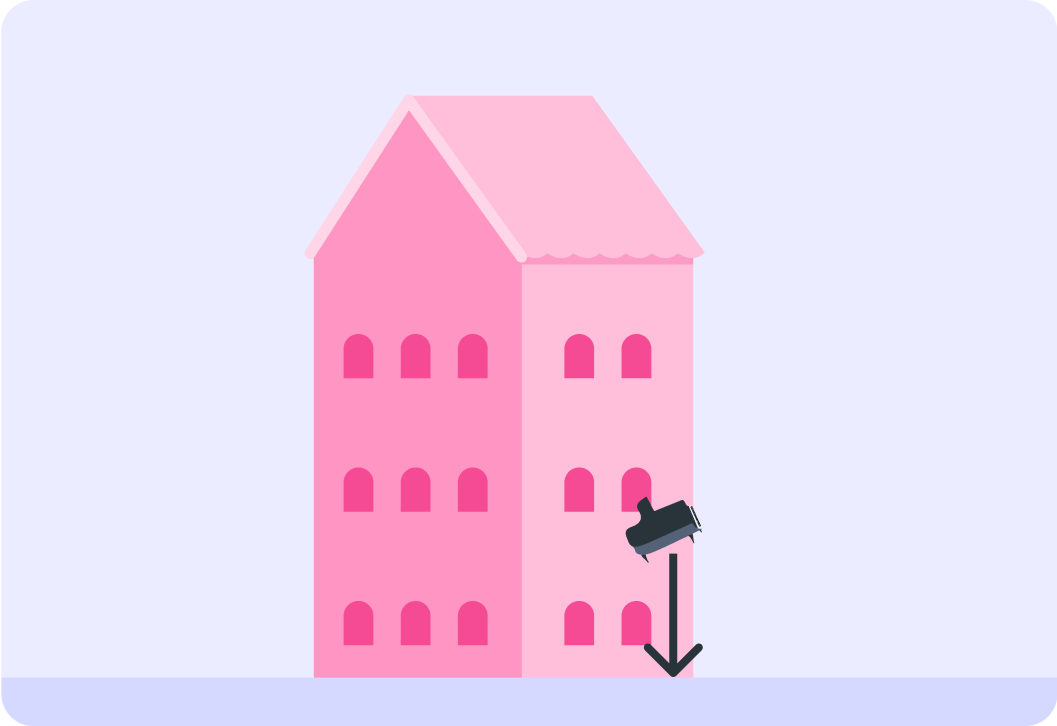
What if you dropped the piano from 7 kilometres up in the air? Would air resistance then make a difference to the piano's velocity before it hit the ground?


Air resistance increases as velocity increases.
That is why the forces of air resistance and gravity only eventually balance.
If heavy objects don't fall very far, then air resistance pretty much doesn't matter - it's negligible.

Summary!
Terminal velocity is when objects falling through a fluid stop accelerating
It happens when the resistance from the fluid balances with the force causing them to fall.

Air resistance is the frictional force that occurs between the falling object and air particles
There are more air particles colliding with the parachute than on the bowling ball on the left, so the bowling ball with the parachute will reach terminal velocity sooner and land later.

Air resistance works on all objects that move around in air
For example, if you speed up on your bike, you will experience more air resistance. It will feel like wind in your face, but it's not because it has all of a sudden gotten windy!
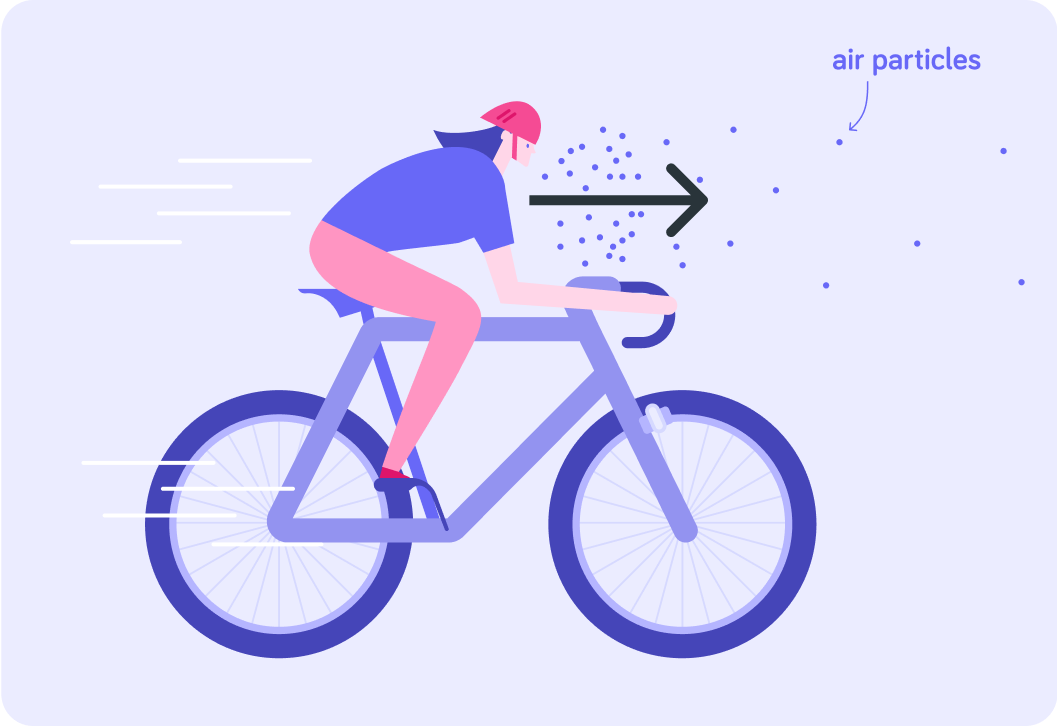
If there was no air resistance, all objects would always fall with the same acceleration
In a vacuum a needle, a golfball and a piece of paper will hit the ground at the same time if dropped from the same height simultaneously.

